Here’s everything about using a phone line for internet and how to:
Yes. You can use a phone line for the internet, and there are primarily two ways to do it: dial-up and DSL.
In either case, you will need specialized external hardware and a service provider to make the system work.
If you want to learn all about how to use a phone line for internet access, then this article is for you.
Let’s jump right in!
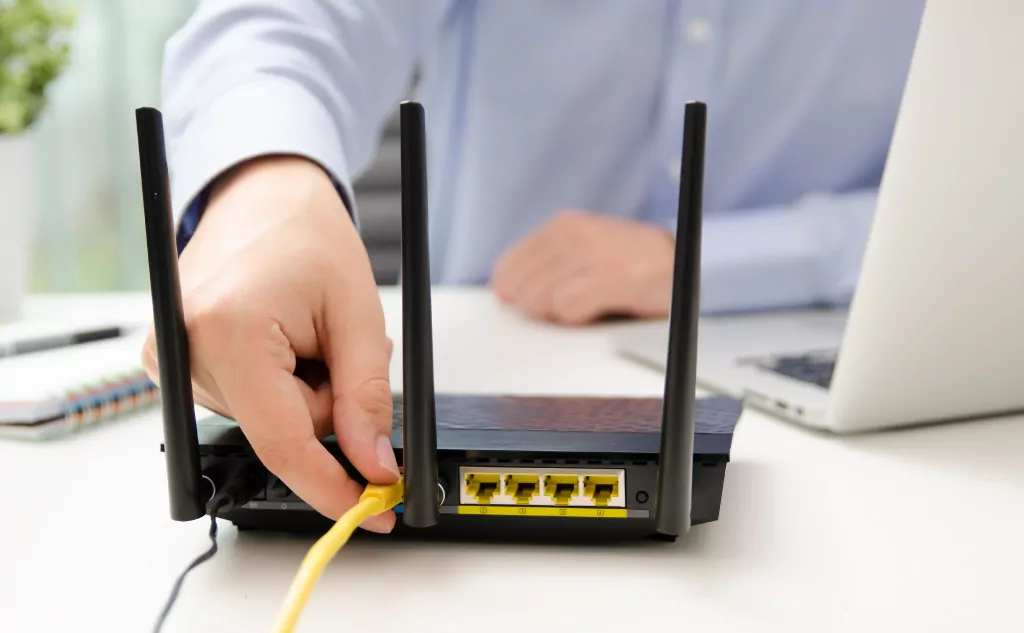
How Do You Connect to the Internet With a Phone Line?
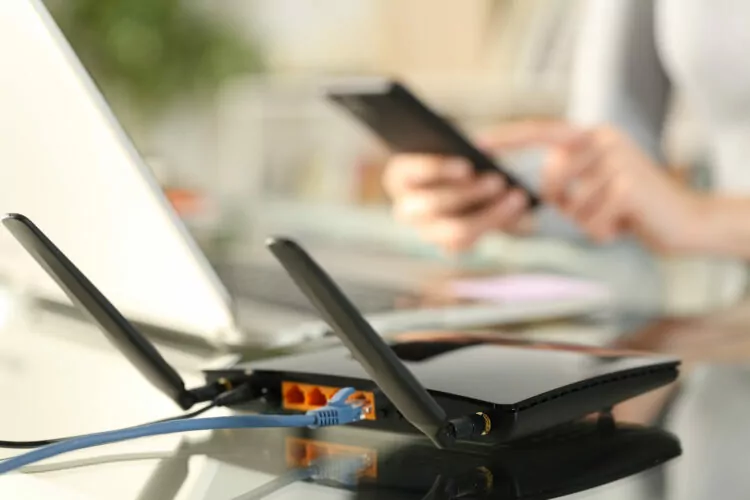
There are a few ways to use a phone line for internet connectivity.
The two most common are dial-up and DSL.
Dial-up is the old system that was used when the internet was brand new.
It is slow and ties up the phone line while it is in use.
While modern, faster internet methods have largely replaced it, dial-up does still work, and you can still find internet providers that support it.
DSL stands for digital subscriber line.
It’s the other common way to run internet access through phone lines, and it is much faster than dial-up.
DSL can get up to broadband speeds, usually capping at around 100 Mbps.
For reference, most cable internet services start at around 25 Mbps and can get up to 250 Mbps.
Fiber optic internet (the fastest consumer option available right now) starts at 1000 Mbps.
So, DSL is usable, but it is not the fastest around.
The advantages of either of these systems are that they work when another internet infrastructure is unavailable.
You see a lot more phone-based connections in rural areas where the cost of putting in cable lines or fiber optics is too high.
So, how do these different internet systems work?
Let’s go through them one at a time.
How Does Dial-Up Work?

Dial-up internet runs through phone lines, but how does it actually work?
Well, dial-up systems use specialized equipment, called a modem, to send digital signals along existing phone lines.
You’re likely familiar with the idea of a modem since every type of internet connection needs one.
Dial-up modems use a different communication protocol than broadband modems, meaning these devices are not interchangeable.
To use dial-up, you need a dial-up modem.
With the modem, the phone line can connect to the internet services provided by a specialized company.
In other words, even if you use dial-up, you still need an internet service provider (ISP).
Here’s how it actually works.
Since you are using a phone line for your internet, your modem actually has to call a phone number to connect along the phone lines.
That phone number is provided by your ISP. When your modem connects, the ISP actually does all of the internet communication for you.
Whatever website you try to access or download is routed through that ISP connection.
The ISP then sends all of the information along with the established phone connection to your modem.
The modem translates that information for your computer, and you get the internet experience that you have come to expect.
This middleman system is not very efficient. Additionally, phone lines are not good at transferring large amounts of digital information.
Because of these reasons, dial-up connections are substantially slower than broadband.
For anyone who has never used a dial-up connection, the top speed for this kind of internet is usually 1000 to 2000 times slower than your average DSL connection.
It’s difficult to do more than load simple web pages or check your email on a dial-up connection.
Getting Started With Dial-Up
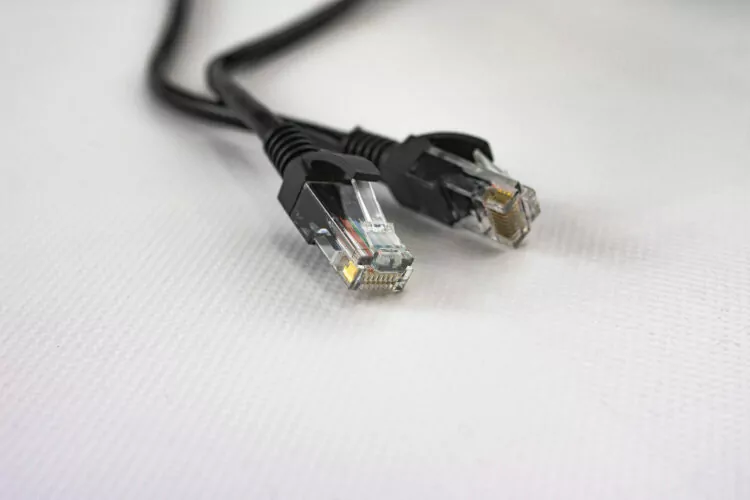
Despite the limitations of dial-up, it’s still the best way for some people to get internet access.
So if that’s the case, how do you make it work?
You start by finding an ISP.
There are still several active dial-up ISPs, and they are available pretty much anywhere that has phone lines.
You can find a list of modern dial-up providers here.
Once you have an ISP, you need a modem.
Once upon a time, dial-up modems were standard features in computers.
Those days have long passed, so you will very likely need an external dial-up modem.
You can get recommendations from your ISP.
They can tell you which brands and models work the best with their service.
Setting up a dial-up modem is similar to setting up any other kind of modem.
The modem needs power.
It will have a phone jack port, and you will need to run a phone cord from the modem to a working jack in the phone.
You will also need to connect the modem to the computer. Ethernet is the most common way to do this.
When everything is plugged into each other, you can set up the connection on your computer.
On a Windows device, you can navigate to your network and internet settings.
You can type this in the search bar to pull it up quickly. When the window is open, there will be a list of connection options on the left.
You want to choose “Dial-up.”
You will have an option to set up a new connection.
Click on it, and it will walk you through the process.
You will need the dial-up connection number from your ISP.
You will also need a username and password, which your ISP should provide.
When you’re done walking through the connection steps, you should be able to launch your internet connection.
You will have internet access.
Keep in mind that while you are using dial-up internet, you cannot make or receive phone calls on that line.
How Does DSL Work?
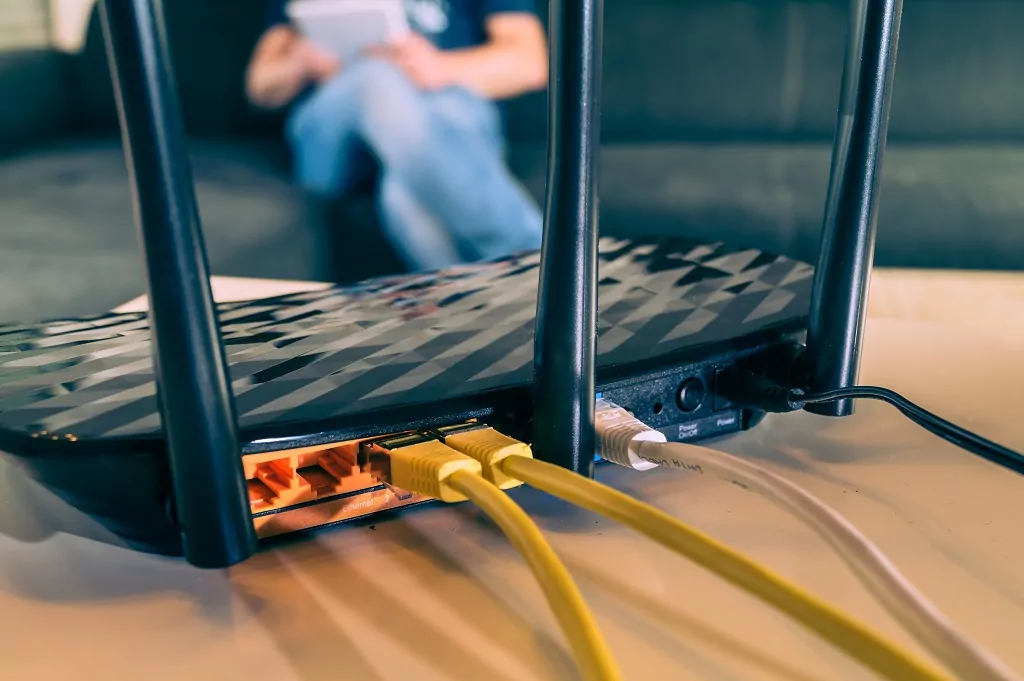
DSL also uses phone lines to provide internet connections, but the way it works is fundamentally different from dial-up.
We’ll cover those differences in a bit, but first, we can go over the similarities.
DSL still requires an ISP and a modem. You’ll need to have both of these before you can set it up.
That said, DSL is a different form of communication, even though it uses phone lines.
The essential difference is that DSL uses a different protocol.
At the machine level, the way the signals look is different.
This is what allows DSL communication to connect so much faster than dial-up.
On average, DSL services will cap at 100 Mbps, but in experimental cases, the lines have reached speeds of 1000 Mbps.
At this point, we should discuss a key difference between DSL and other forms of broadband internet.
DSL connections run entirely over phone lines.
Those phone lines are made of copper.
Because of that, the signal degrades over distance.
So, the farther you are from your DSL provider, the slower your connection will be.
Cable broadband does not have this problem because most of the cable infrastructure is made from fiber-optic lines.
The cable that runs directly to your house is likely copper, but it very quickly connects to fiber optics.
Fiber optic lines don’t have problems with signal degradation over distance, so you can be very far from your cable provider and have the same connection speed as someone who is much closer.
All of this is to say that no matter what maximum connection speeds might be possible with DSL, your connection is going to be slower based on how far you are from your provider.
Setting up DSL
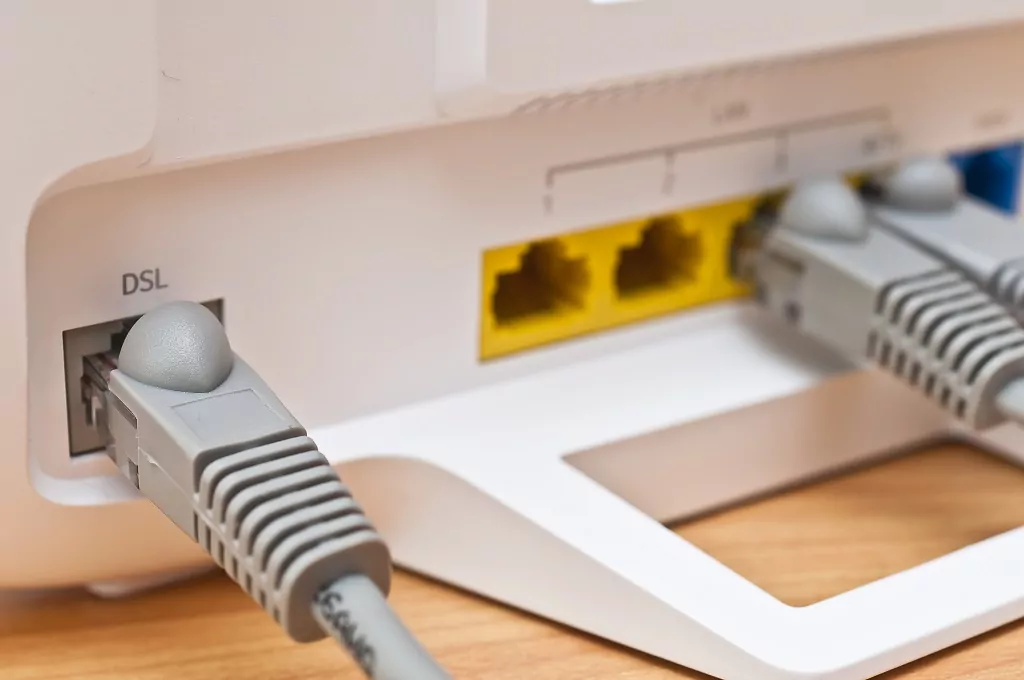
Setting up DSL is a lot like dial-up, even though the end experience will feel completely different.
First, you need to pick a service provider.
When you contract a service with them, you will get a username and a password.
Those will be necessary to set up your connection.
You will also need a DSL modem.
Some ISPs provide modems with the internet package.
Others do not.
If a modem is not included, ask your ISP what they recommend.
This is especially important with DSL because not all DSL modems will work with a given provider.
DSL modems connect similarly to dial-up modems.
The modem needs power, and it will plug into a phone jack, but there is a clear distinction.
Since DSL signals are different from phone signals, you can actually use the DSL internet connection and the phone line simultaneously.
But, in order to do this, you will need a signal splitter between the modem and the jack in the wall.
Most modems come with these splitters. Follow the included instructions to install the splitter.
When the modem is powered and connected to the wall jack, you can connect your computer to the modem.
Once all of those connections are physically enabled, you can set up the internet connection on your computer.
On windows, the process is almost identical to dial-up.
Go to the network and internet settings.
Choose “Dial-up” as the connection on the left. Set up a new connection.
When the box opens, you will see an option for “Broadband (PPPoE).”
It mentions DSL in the description. That’s the connection you need.
The setup wizard will walk you through the steps you need to get your DSL internet up and running.
If you have any trouble, you can contact your ISP for support.

